The first thing you need is a clear jar or plastic bottle. Fill the bottle halfway with vegetable oil and add water to the top until it is almost full. After this is done, add at least five drops of food coloring. You will the need to take an Alka-Seltzer tablet and break it up into several pieces. The final step is to drop each piece in one at a time and watch as bubbles begin to form, activating your lava lamp.
Community Learning Center Blog
Fun Games To Practice Geography
1. Provide puzzles of different countries and challenge kids to assemble the puzzle pieces correctly to complete the map. This is a great way to improve their map-reading skills.
2. Call out the name of a place, and have the kids race to find it on the map or globe as quickly as possible. The first one to find it gets a point, and the player with the most points at the end wins.
3. Create bingo cards with names of countries, cities, and landmarks instead of numbers. Give clues about the places before calling the answer. Have the kids mark off the corresponding places on their bingo cards. The first to get a line or a full card wins.
Three Fun Addition Games For New Learners
Memory: Create pairs of cards with addition problems and their solutions. Place the cards face down and take turns flipping over two cards at a time to find matches. If a player correctly matches an addition problem with its solution, they keep the pair. The player with the most matches at the end is the winner.
Bowling: Set up a bowling game using plastic bottles or cups as pins and a soft ball as the bowling ball. Write different numbers on the pins. Take turns rolling the ball to knock down the pins. Add up the numbers on the pins to keep track of your score.
Dice: Use dice to practice addition. Roll two dice and have your child count the total number of dots on both dice. Turn this into a game where you create a board with spaces. The number that you role is how many spaces you move your piece. Whoever makes it to the end wins.
Fun Activities Involving Math
- Involve your child in cooking or baking activities that require measuring ingredients. This is a great way for him to practice using math skills while also learning how to make new foods. Have him help you measure and mix ingredients using measuring cups and spoons. This hands-on experience is great for concepts like fractions and units of measurement in a practical context.
- Math Board Games: Play board games that incorporate math concepts, such as Monopoly, Snakes and Ladders, or Math Bingo. These games make learning fun and reinforce many different math subjects depending on which one you choose.
- Math Art Projects: Combine math and art by creating geometric shapes or patterns. Use materials like rulers and compasses to design and construct geometric artworks. Practicing geometry while creating art is a great way to do it.
Is Your Child Having Trouble With Reading?
Allow your child to choose books that interest him. If he has trouble reading alone, set aside time each day to read along together and always have a dictionary on hand. Make sure that the books are at your child’s reading level and provide access to many different subjects. Setting up a good reading environment will help your child want to focus more on reading and maybe even want to write stories of his own.
If your child needs help with reading skills, contact us at 727-441-4444.
Fun Science Experiments for Kids
Glowing Water: Create this by adding a highlighter ink cartridge (the part that contains the fluorescent ink) to a cup of water. Let it soak for a few hours and then shine a blacklight on the water to see it glow. This experiment demonstrates fluorescence and can be a visually striking demonstration.
Homemade slime: Mix together equal parts of white school glue and liquid starch in a bowl. You can add food coloring or glitter for extra flair. Stir until the mixture forms a slimy consistency and knead it with your hands until it reaches the desired texture.
Egg in a Bottle: Place a hard-boiled egg on the mouth of a glass bottle. Light a match and drop it into the bottle, then quickly place the egg back on the mouth of the bottle. As the match burns, it consumes the oxygen inside the bottle, creating a vacuum. The difference in pressure between the inside and outside of the bottle will push the egg into the bottle.
Static Electricity Butterfly: Cut out a butterfly shape from a piece of paper. Charge a balloon by rubbing it against your hair. Hold the charged balloon near the butterfly, and watch as it sticks to the balloon due to static electricity.
Rainbow in a Jar: Fill a clear glass with water, leaving some space at the top. Carefully pour different liquids with varying densities on top of each other, such as honey, corn syrup, water, dish soap, vegetable oil, and rubbing alcohol. You can add food coloring to some of the liquids beforehand to make it more colorful. Each layer should float on the layer below it, creating a colorful rainbow effect.
Fun Division Games For Kids
Bingo: Create bingo cards with division problems instead of numbers. Call out division problems, and have your child solve them and mark the answers on their bingo card. The first to get a line or a full card wins.
Tic-Tac-Toe: Create a tic-tac-toe grid and write division problems in each square. Players take turns solving the division problems to claim squares. The first player to get three in a row wins.
Memory: Create pairs of cards with division problems and their solutions. Place the cards face down and take turns flipping over two cards at a time to find matches. If a player correctly matches a division problem with its solution, they keep the pair. The player with the most matches at the end wins.
Teach Your Child How to Use a Dictionary
1. Introduce the dictionary: Start by explaining what a dictionary is and its purpose. Show your child a physical dictionary. Explain that dictionaries contain words, their meanings, pronunciations, and sometimes additional information like word origins.
2. Help your child understand that words in a dictionary are arranged alphabetically. Practice with simple word lists or alphabet cards. Emphasize the importance of knowing the order of letters in the alphabet to locate words in the dictionary. Show your child how using the guide words at the top of the page can help speed up finding your word.
3. Practice pronunciation: Teach your child how to read pronunciation symbols in the dictionary. Practice pronouncing words together, paying attention to vowel sounds.
4. Encourage your child to look up words they encounter while reading or during conversations. Provide assistance as needed, but allow them to locate the word independently once they’re able to. Praise their efforts and reinforce correct usage
Free Group Tutoring for 1st – 5th Graders!
How to Help Your Child Learn About the 50 States
Start by introducing your child to a map of the United States, pointing out each state and its location. You can use songs or rhymes to help him remember the names of the states. Make it a hands-on experience by incorporating flashcards, puzzles, and interactive games that challenge him to match states with their capitals. Encourage exploration by sharing interesting facts and discussing the unique features and their landmarks. Regular review and practice will help solidify knowledge of the states over time. With patience, you can inspire your child’s curiosity about the world around him.
















Recent Comments